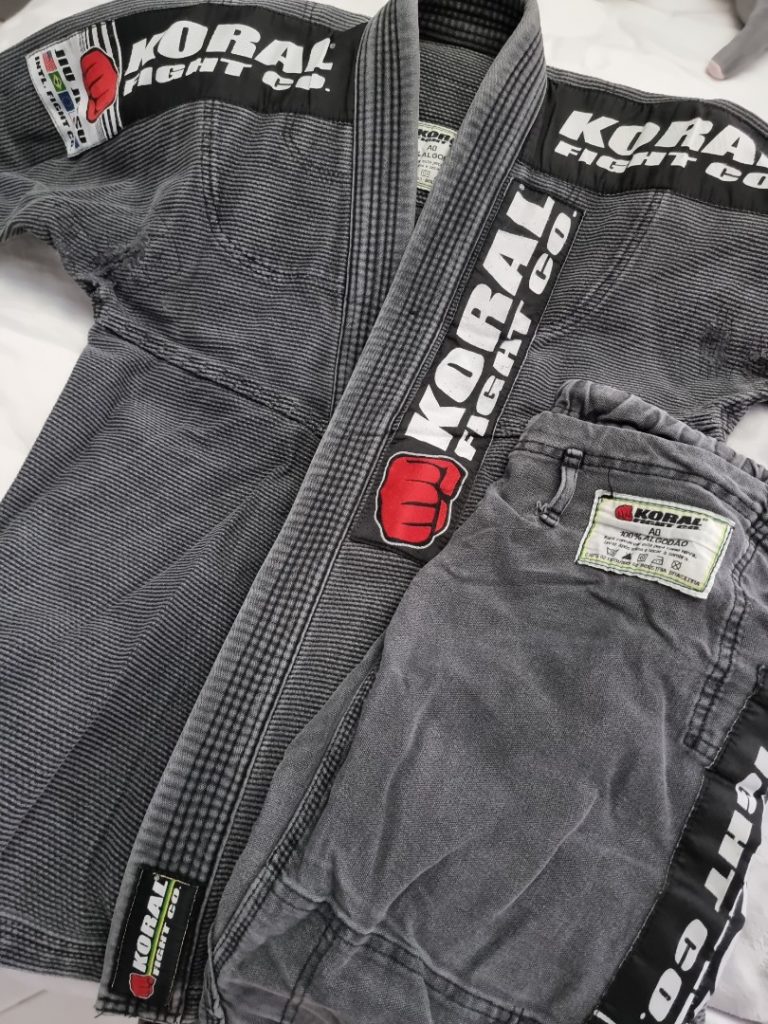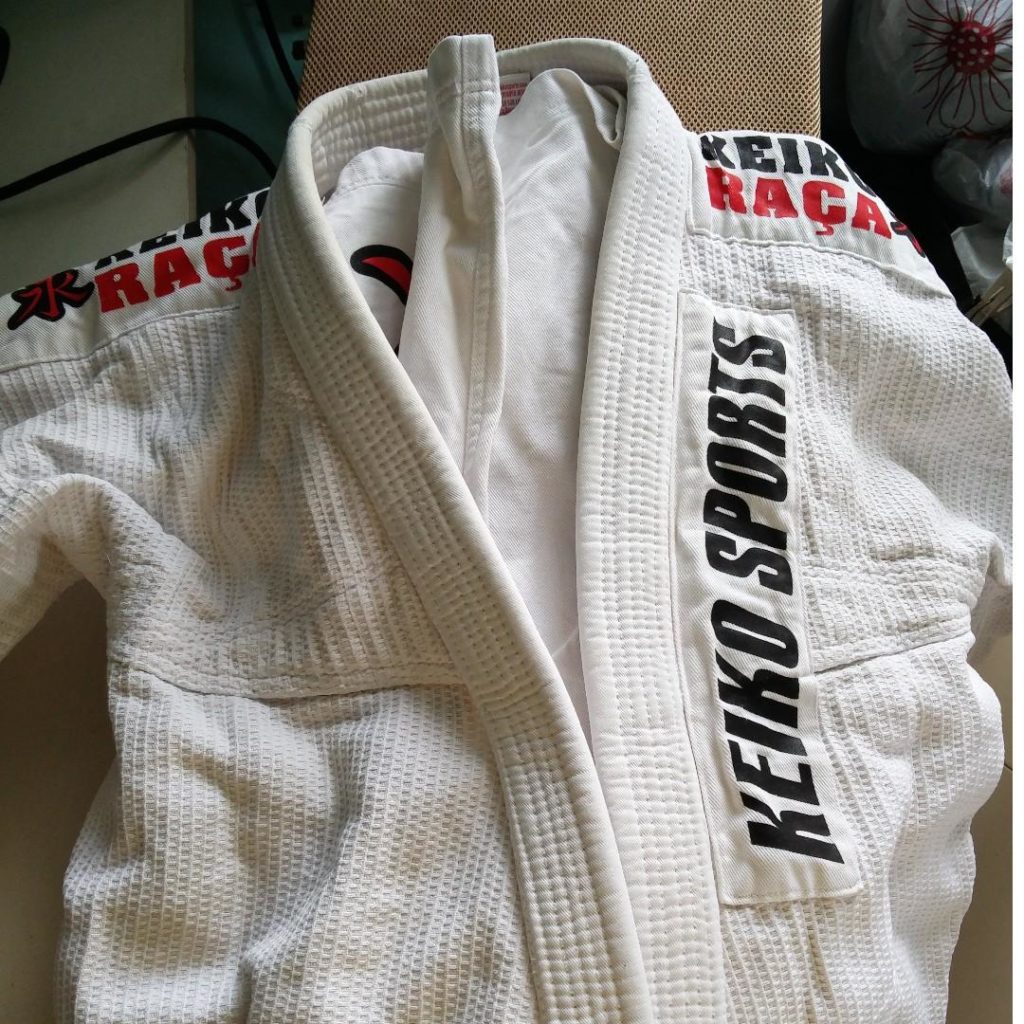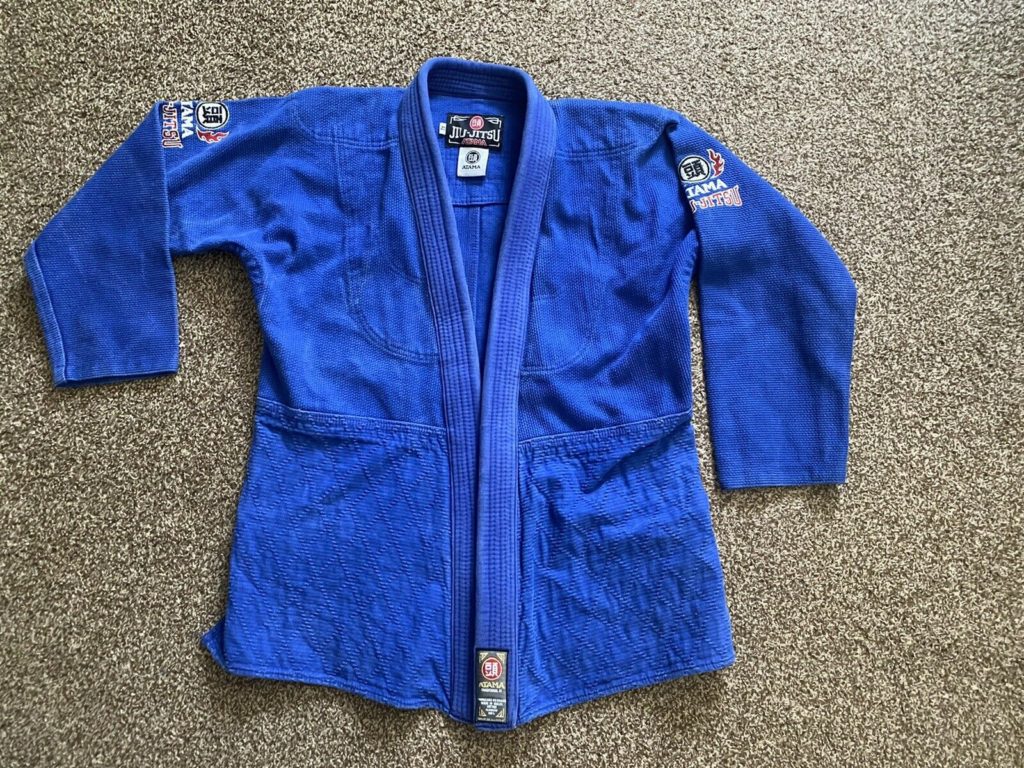Blog
The History of the BJJ GI
The history of the the BJJ Gi dates back to over 100 years ago.
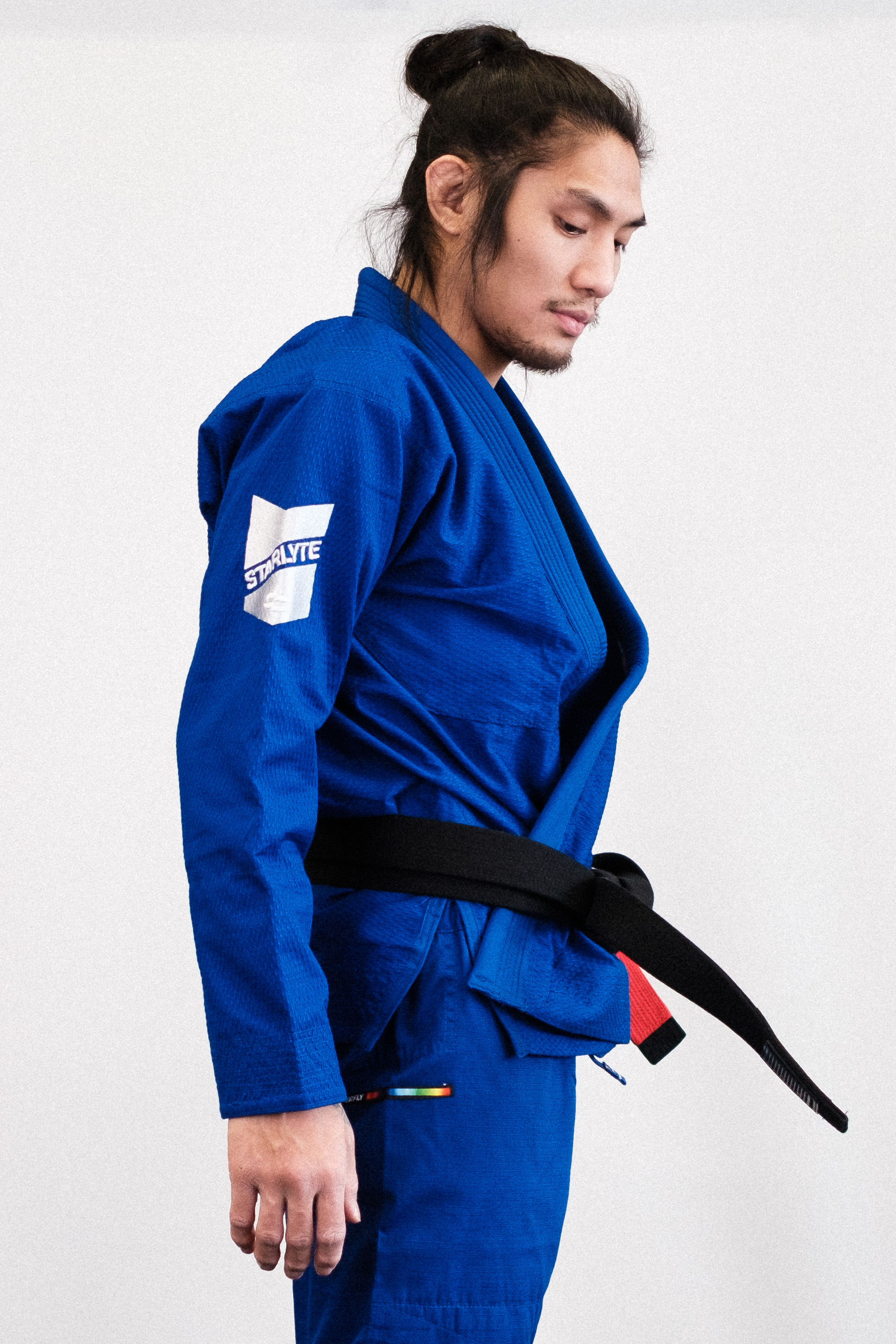
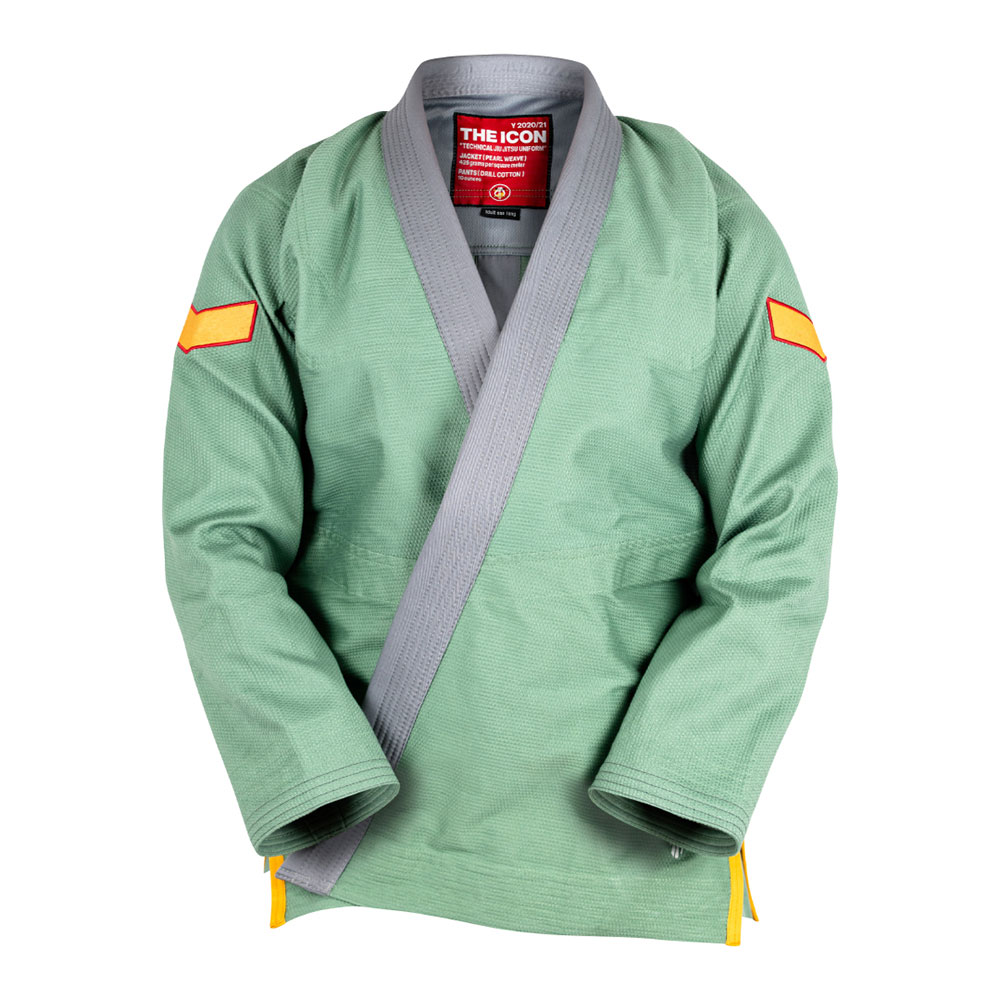
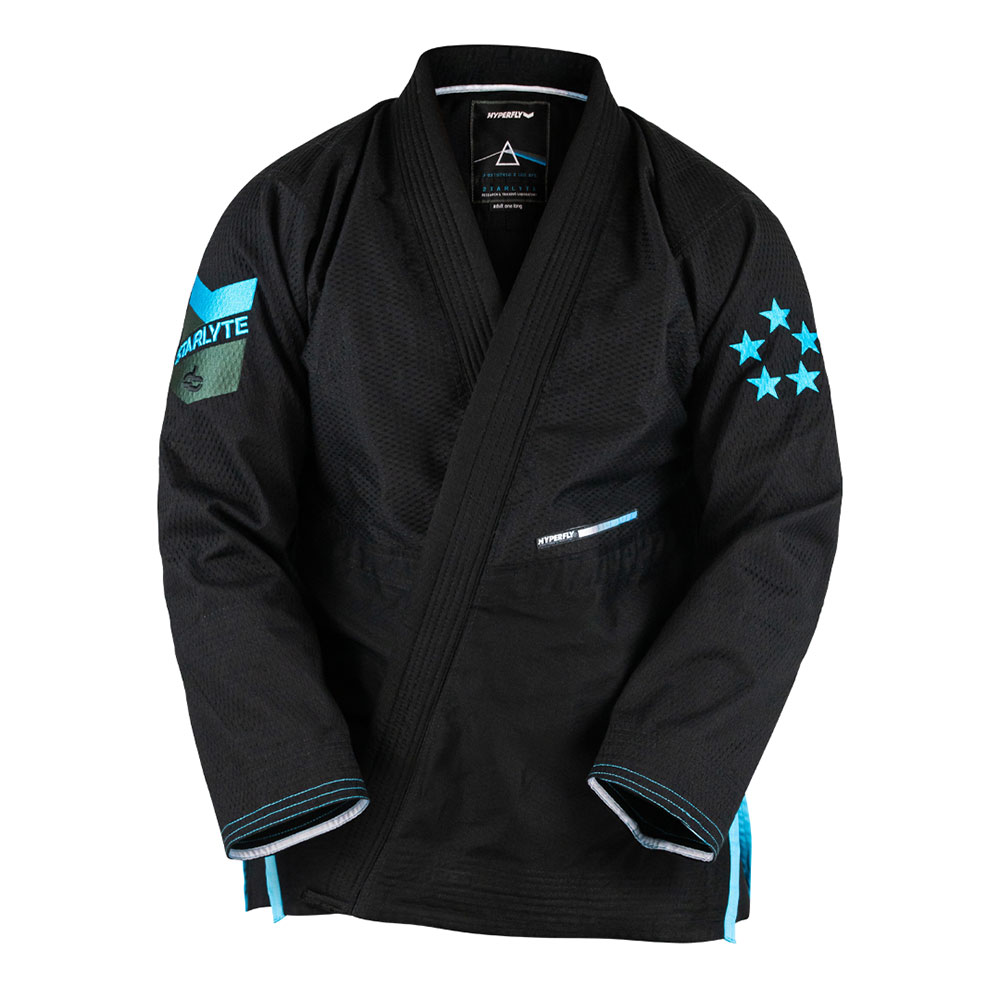
The modern day BJJ gi is essentially a developed and refined version of the keikogi. The keikogi, which in Japanese translates to “training clothes” was created by the founder of Judo, Kano Jigoro. It was then adopted and tweaked by other martial arts, to suit their own needs.
The very first Jiu Jitsu Gi was the exact same gi used for Judo. That meant having a very baggy top with very wide cuffs to allow one’s training partner to get the necessary grips to perform throws. In the beginning Judo, was very similar to what we know as modern Brazilian Jiu Jitsu. It is only through many years of change that it became a sport and martial art primarily focused on throwing and takedowns.
As Brazilian Jiu Jitsu evolved, so did the gi. It eventually moved away from the baggy sleeves, and opted for a shorter and tighter fit overall. Traditionally only unbleached off white gis existed. In the 1970’s however, other Gi colors began to emerge. Eventually, IBJJF competitions would only permit the use of White, Blue, and Black gis.
Today you will find many color combinations on gis. The sport and martial art has seen so much growth, with that growth came influences from other cultures. Among other things, fashion and streetwear has became an integral part of the Brazilian Jiu Jitsu culture. Needs of the modern day practitioner have also changed throughout the years. Today’s BJJ gi has many variations in terms of fit, weight, and construction. It is an ever going process that continues to change along with the growth of BJJ.
It will be interesting to see what happens in the next few years.
Advancements will be made in the construction of the BJJ gi. It’s design will continue to push the boundaries of what a martial arts uniform is meant to look like, but one thing will never change. The BJJ gi will always be a BJJ fighter’s prized piece of gear.
Below you will see photos of the 3 most popular BJJ gis from the 90’s to the late 2000’s.
The Koral gis were worn by athletes such as Ronaldo Jacare Souza, Alan Finfou, and Rodrigo Cavaca just to name a few.
Keiko Raca gis were also worn by many top athletes such as Marcelo Garcia, Braulio Estima, and Cobrinha.
Last but not least, the Atama gi’s were seen worn by Wallid Ismail, Roberto Roleta Magalhaes, Leticia Ribeiro, and many other athletes who paved the way for modern BJJ.
